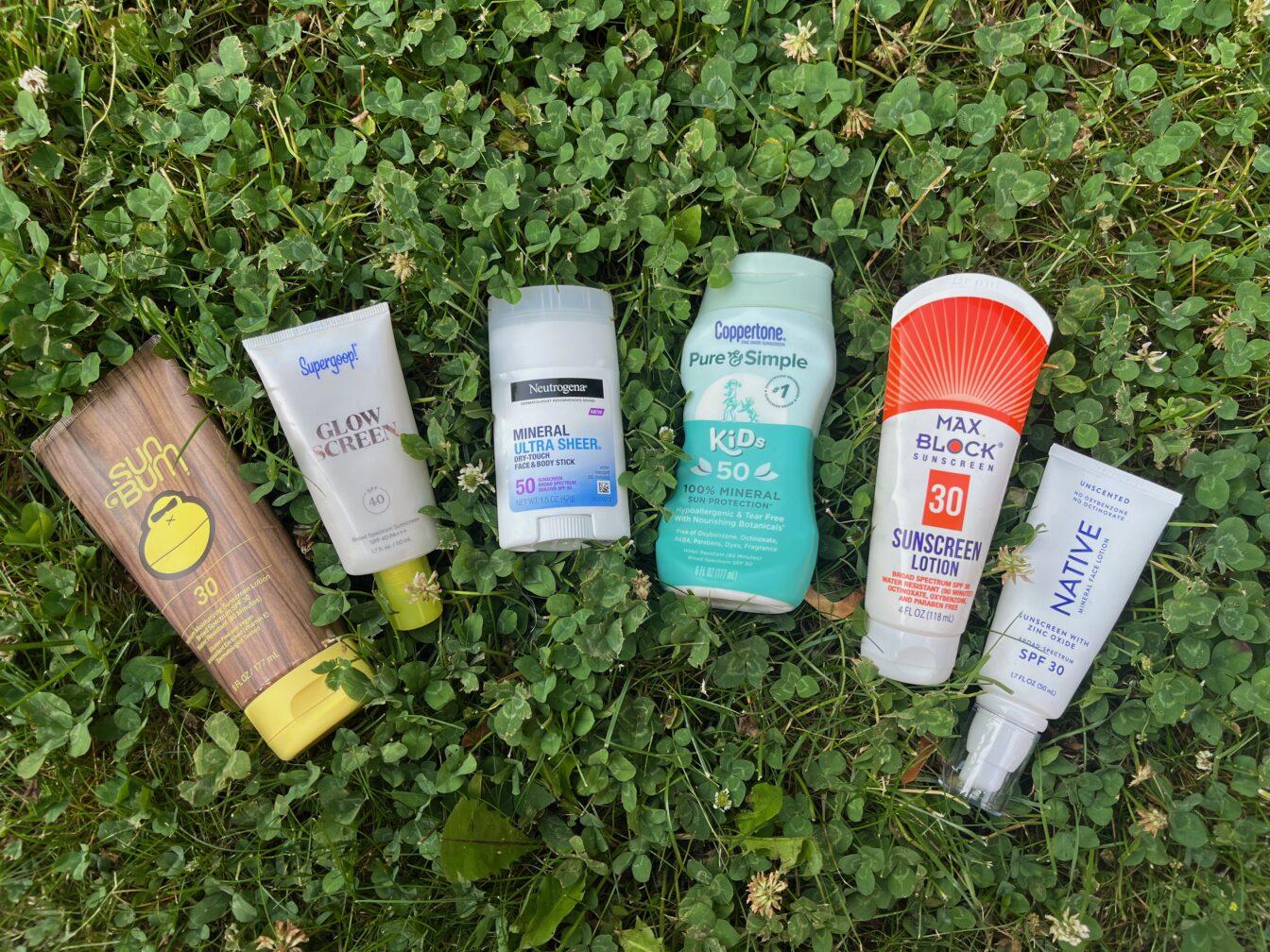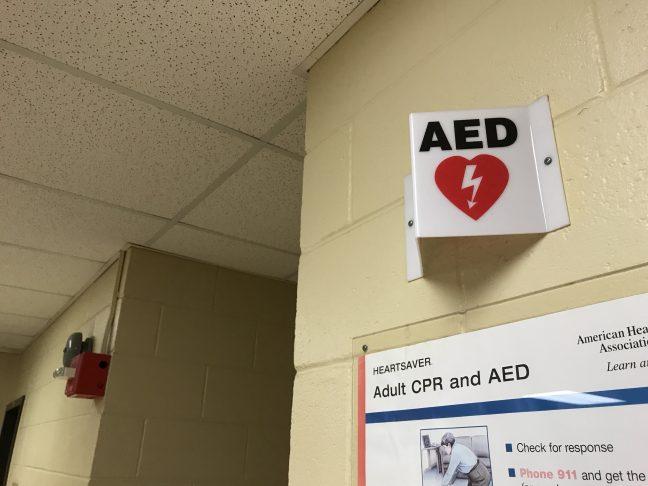Now in the warmest season of the year for Wisconsin, University of Wisconsin students are continuing to flock to the Memorial Union Terrace and Library Mall to soak up the sun’s rays. Though summer may bring warm weather and the longest day of the year, there’s a risk associated with basking under the sun’s ultraviolet rays for too long without protection.
Many people know they should wear sunscreen when faced with prolonged sun exposure, but it can be unclear what type to buy or how to use it for the most effective results.
Associate professor in the Department of Dermatology Dr. Apple Bodemer offered advice on daily skincare and sunscreen tips. Bodemer is a clinical educator at UW and works with patients and students in the clinic.
Bodemer said there are often misconceptions about what the sun protection factor actually means on a bottle of sunscreen. SPF measures how well a sunscreen blocks ultraviolet B radiation, which contributes to skin cancer. But SPF does not protect from ultraviolet A radiation, which can also lead to skin issues.
Hooked on MPAs: Spillover benefits from Marine Protected Areas
UV ray wavelengths, including UVB and UVA rays, are longer than visible light wavelengths. This means they can penetrate deeper into the skin, Bodemer said. While UVA may not cause obvious signs of sunburn, it can still lead to skin damage.
“When we’re wearing sunscreen, we may not be getting burned,” Bodemer said. “But if we don’t have both UVA and UVB protection, then we’re getting a whole lot of just unopposed UVA exposure, which can increase the risk of skin cancer and aging.”
Many sunscreens might offer protection against UVA and UVB rays depending on ingredients, but it is often hard to test if sunscreens actually protect against UVA rays, Bodemer said. Bottles labeled “broad spectrum” are the most reliable for protection against both types, but it remains unclear how to determine if a sunscreen is UVA ray resistant.
The different SPF levels on sunscreen bottles may also be a source of confusion for consumers and are often mistaken for how much sun protection the user gets. What these numbers actually measure is how quickly someone will burn, Bodemer said.
There is a dramatic difference in SPF 15 and SPF 30, but Bodemer said after SPF 50 there is not much of a difference in protection.
“The problem with some of the higher SPF [like SPF 100] is that then people think … they’re covered for the day, and that’s not true,” Bodemer said.
Throughout the day, people can rub off and sweat off their sunscreen. If someone gets wet or goes swimming, this can also wash off the sunscreen they applied earlier in the day.
Bodemer said regardless of what SPF someone wears, it’s recommended to apply it every two hours and after getting wet.
Bodemer also said she recommends using SPF 30 or stronger, since SPF 15 is not as effective, but doesn’t necessarily recommend SPF 100 as there are certain chemicals that might have other effects on the skin and health. Some of these chemicals include oxybenzone, homosalate and octocrylene, according to the Environmental Working Group.
Made to Burn: How climate change impacts fire-adapted environments
Another common misconception about sunscreen is that it often causes acne. This may be true of some sunscreens but certainly not all, Bodemer said. Some sunscreens may be greasier or heavier than others, which can cause acne for individuals with acne-prone skin, but higher-end sunscreens or sunscreens specifically for the face are much safer for those with this skin type.
Bodemer said she recommends a mineral-based sunscreen, also known as physical sunscreens, in general, because they are effective and easier to use cosmetically.
Mineral sunscreens, unlike chemical sunscreens, do not absorb into the skin and instead sit on the skin’s surface, scattering UV rays like clothing does, according to the National Center for Biotechnology Information. Common mineral sunscreen ingredients include zinc oxide and titanium dioxide.
Incorporating sunscreen into skincare practices can be part of a simple routine. In fact, the average person without a skin disorder or condition only needs about three skincare products daily, Bodemer said, sunscreen being one of them.
“You should use a gentle, soapless, cream-based cleanser, and some sort of light moisturizer, and a mineral sunscreen, and having those three products is really all you need,” Bodemer said.














